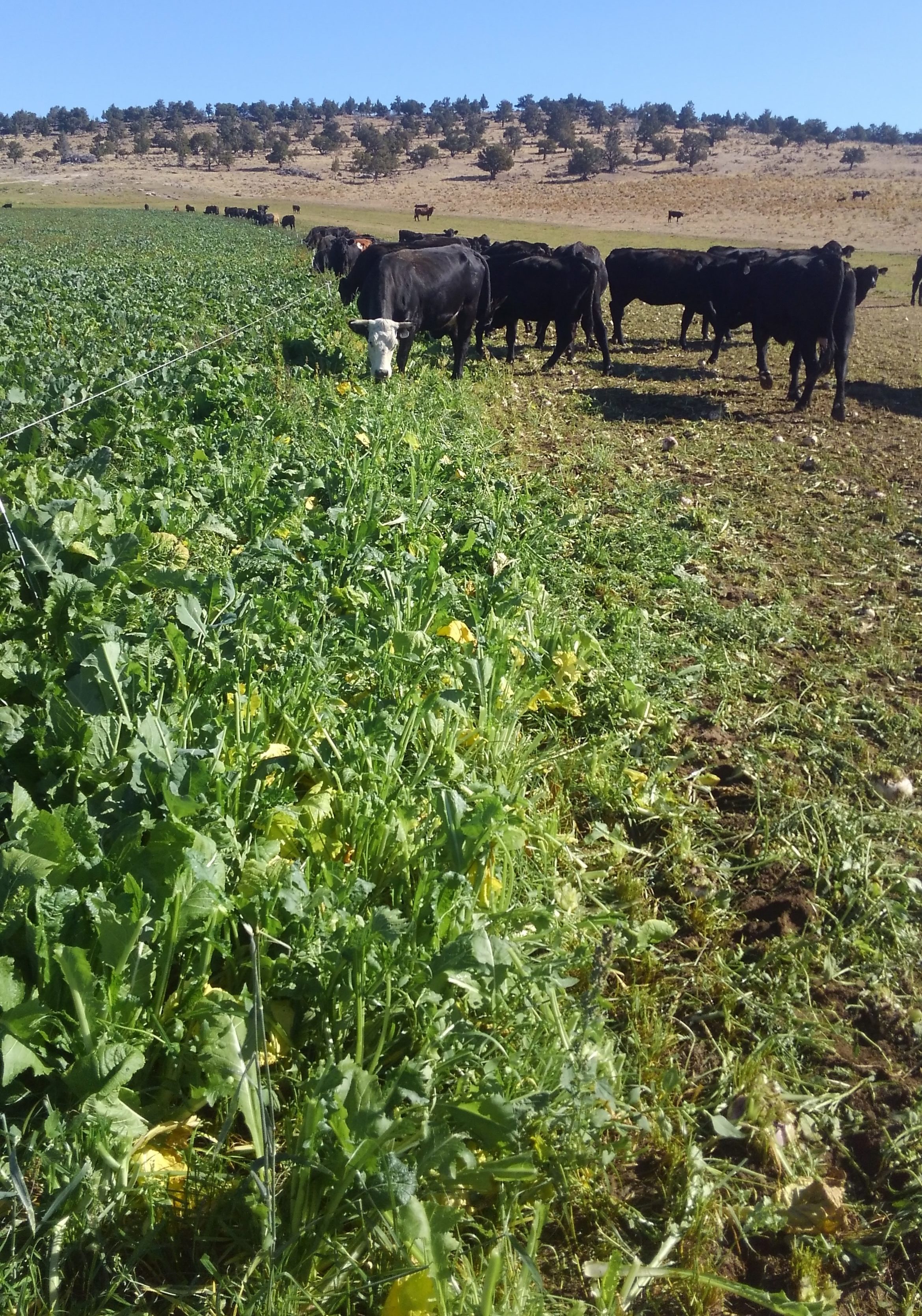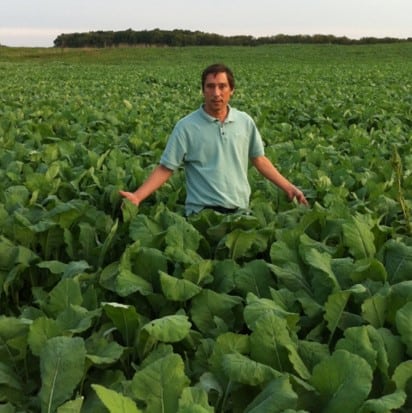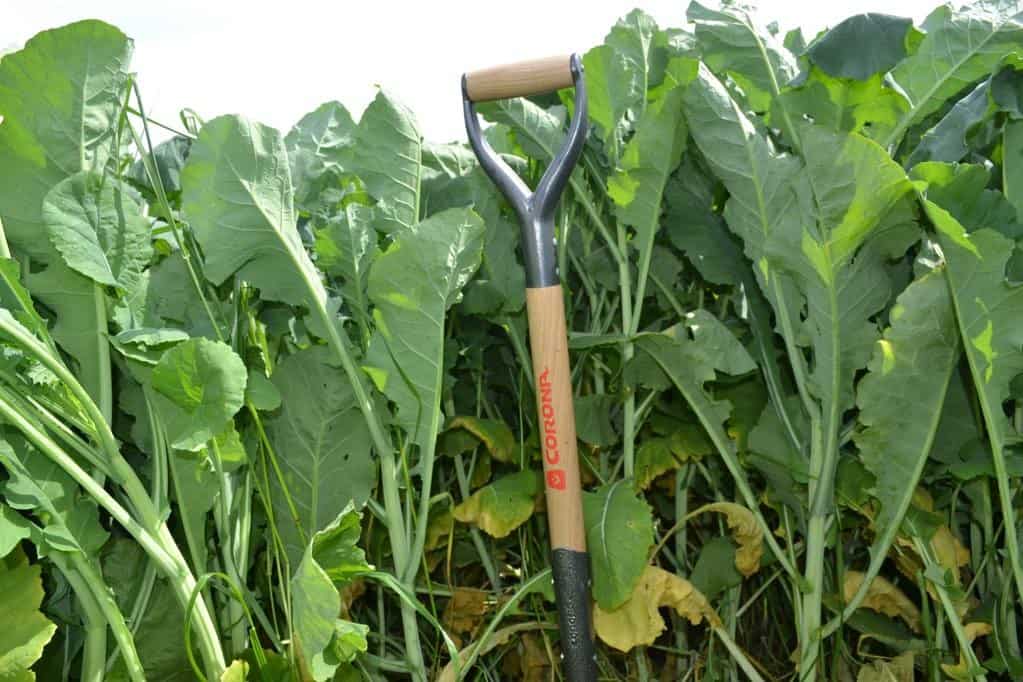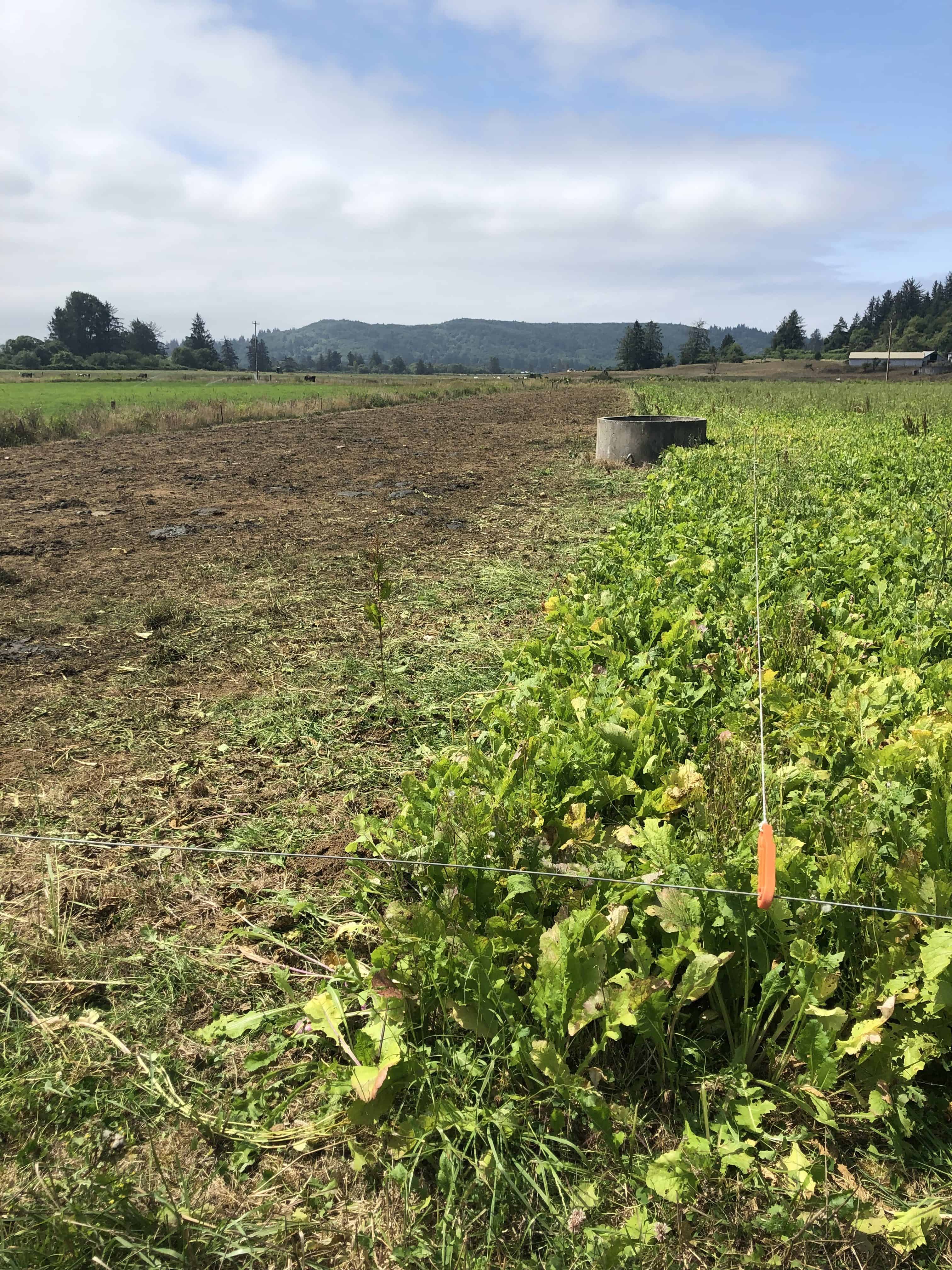
Forage brassicas play a key role in the success and profitability of perennial pastures. As a Complementary Forage System (CFS), brassicas extend the grazing season and forage quality beyond pasture-only scenarios. Warm and cool season perennial pastures exhibit yearly declines in quality and energy. Liveweight gains and milk production suffer, and feeding grain supplements is problematic. A yearly rotation of forage brassicas into a pasture system, 25- 30% of the farm, supplies high energy forage at a very low cost, while increasing overall dry matter production and distribution. It is also a cultural mechanism to renovate soil as it reduces off-farm rents and supplemental feeding. Using forage brassicas to supplement a perennial pasture, as part of a Complementary Forage System, is inherently regenerative and profitable.

Path to Success in Forage Production
Forage crops compensate for seasonal deficits
Increase yields and forage quality
Nutrient and water cycling
Build up soil organic matter
Pasture renovation and biofumigation
Brassicas (leaf turnips, radishes, forage rape, kale) can play a key role in a CFS by incorporating three important functions to the whole system:

- Producing high amounts of high quality forage during periods of pasture shortage(System level)
- Improving dietary balance and reducing limitations of energy intake commonly experienced in lactating or finishing animals (Animal level)
- Improving soil physical properties and function, including the release of glucosinolate exudates to suppress soil-borne pathogens, deep root penetration and improved soil aeration and infiltration, and improved water and nitrogen use efficiency.1
A Complementary Forage System seeks to maximize utilities and agroecological services arising from the complementation of perennial pastures and short-rotation forage crops.

Profit increase, perenniality conservation, biodiversity maintenance, soil organic matter build-up, flexible feed budgeting, opportunity for pasture renovation, and more efficient use of key farm resources (land) and inputs (water and nutrients) are potential benefits of complementing with forage brassicas. For more information on how a CFS can benefit your operation, contact PGG Seeds Agronomist, John Snider, at 541-510-5000 or John@pggseeds.us.